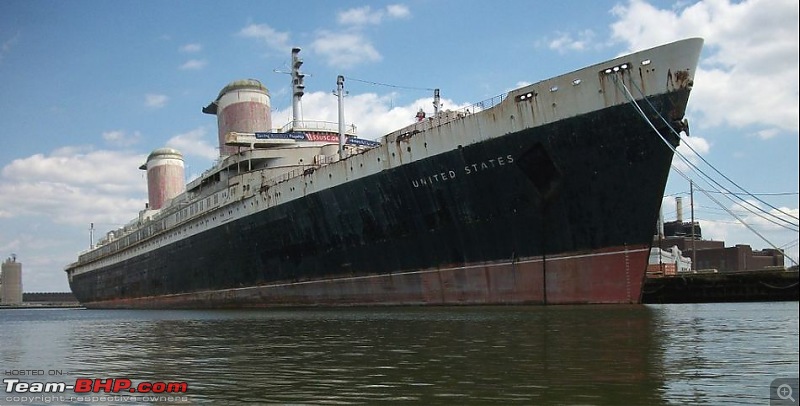| | #16 |
| Team-BHP Support  | |
| |  (3)
Thanks (3)
Thanks
|
| |
| | #17 |
| BHPian Join Date: Feb 2011 Location: Mumbai
Posts: 117
Thanked: 118 Times
| |
| |  (3)
Thanks (3)
Thanks
|
| | #18 |
| BHPian | |
| |  (3)
Thanks (3)
Thanks
|
| | #19 |
| BHPian Join Date: Mar 2019 Location: Pune
Posts: 524
Thanked: 1,290 Times
| |
| |  (2)
Thanks (2)
Thanks
|
| | #20 |
| Newbie Join Date: Apr 2018 Location: Mumbai
Posts: 13
Thanked: 165 Times
| |
| |  (11)
Thanks (11)
Thanks
|
| | #21 |
| Distinguished - BHPian  | |
| |  (7)
Thanks (7)
Thanks
|
| | #22 |
| BHPian Join Date: Feb 2011 Location: Mumbai
Posts: 117
Thanked: 118 Times
| |
| |
| | #23 |
| Senior - BHPian Join Date: May 2012 Location: Himachal
Posts: 1,034
Thanked: 3,809 Times
| |
| |  (12)
Thanks (12)
Thanks
|
| | #24 |
| Senior - BHPian Join Date: May 2012 Location: Himachal
Posts: 1,034
Thanked: 3,809 Times
| |
| |  (2)
Thanks (2)
Thanks
|
| | #25 |
| BHPian Join Date: May 2013 Location: DELHI
Posts: 234
Thanked: 230 Times
| |
| |  (13)
Thanks (13)
Thanks
|
| | #26 |
| Newbie Join Date: Apr 2018 Location: Mumbai
Posts: 13
Thanked: 165 Times
| |
| |
| |
| | #27 |
| BHPian Join Date: May 2013 Location: DELHI
Posts: 234
Thanked: 230 Times
| |
| |  (3)
Thanks (3)
Thanks
|
| | #28 |
| BHPian Join Date: Mar 2019 Location: Pune
Posts: 524
Thanked: 1,290 Times
| |
| |  (2)
Thanks (2)
Thanks
|
| | #29 |
| Distinguished - BHPian  | |
| |  (13)
Thanks (13)
Thanks
|
| | #30 |
| BHPian Join Date: Feb 2011 Location: Mumbai
Posts: 117
Thanked: 118 Times
| |
| |
 |
Most Viewed





 as possible. Now to carry out the maintenance as per the rolling is very challenging.
as possible. Now to carry out the maintenance as per the rolling is very challenging.




